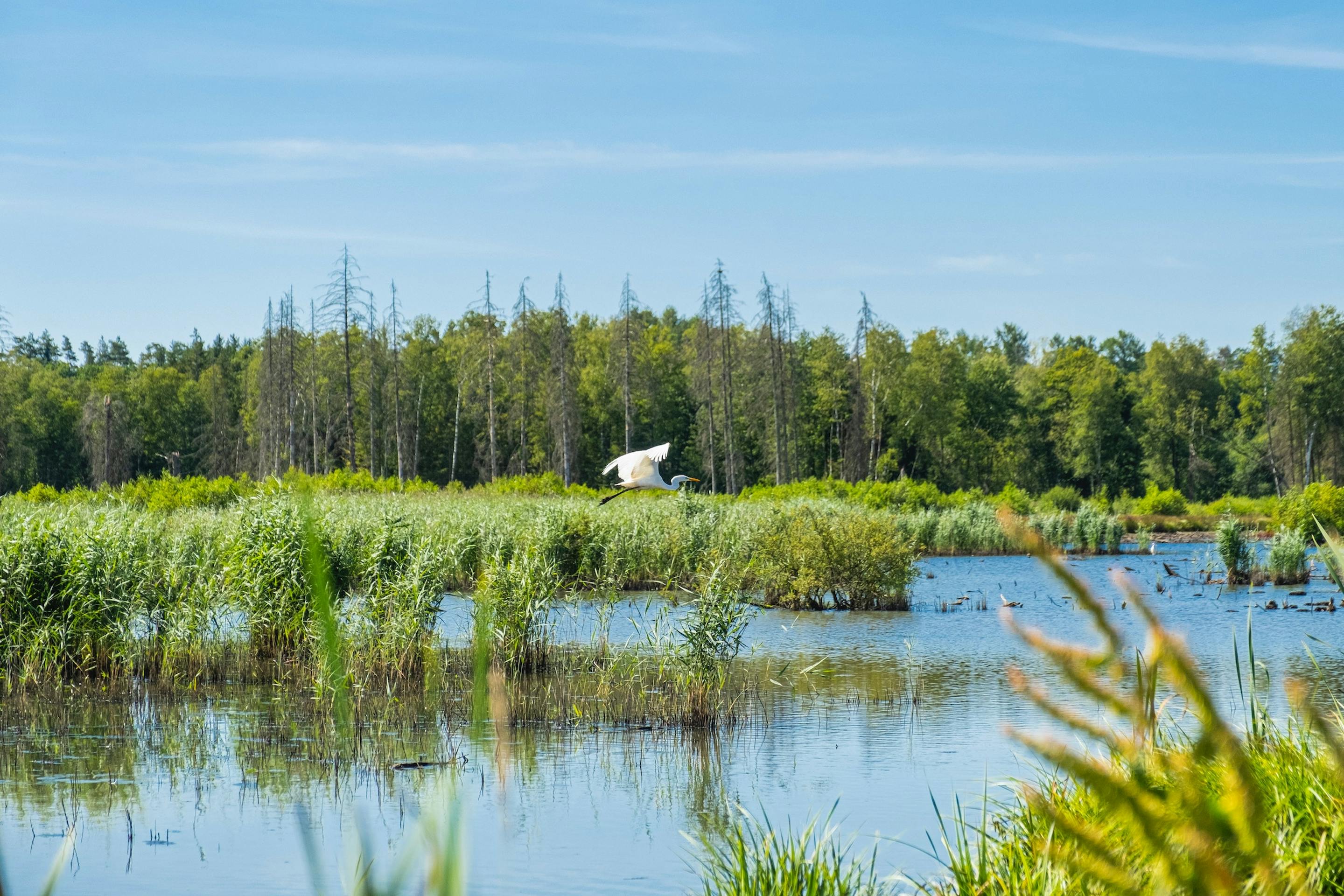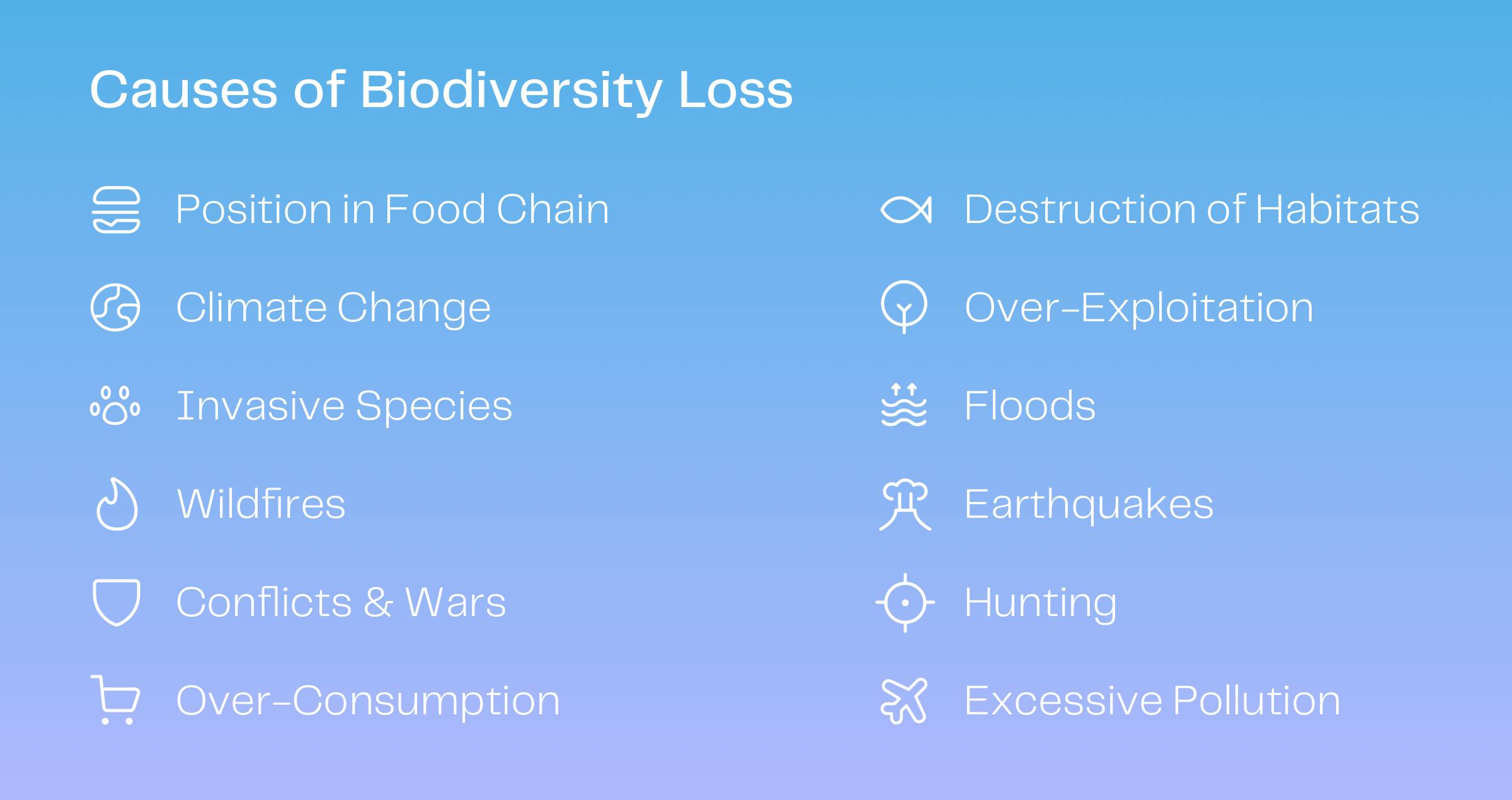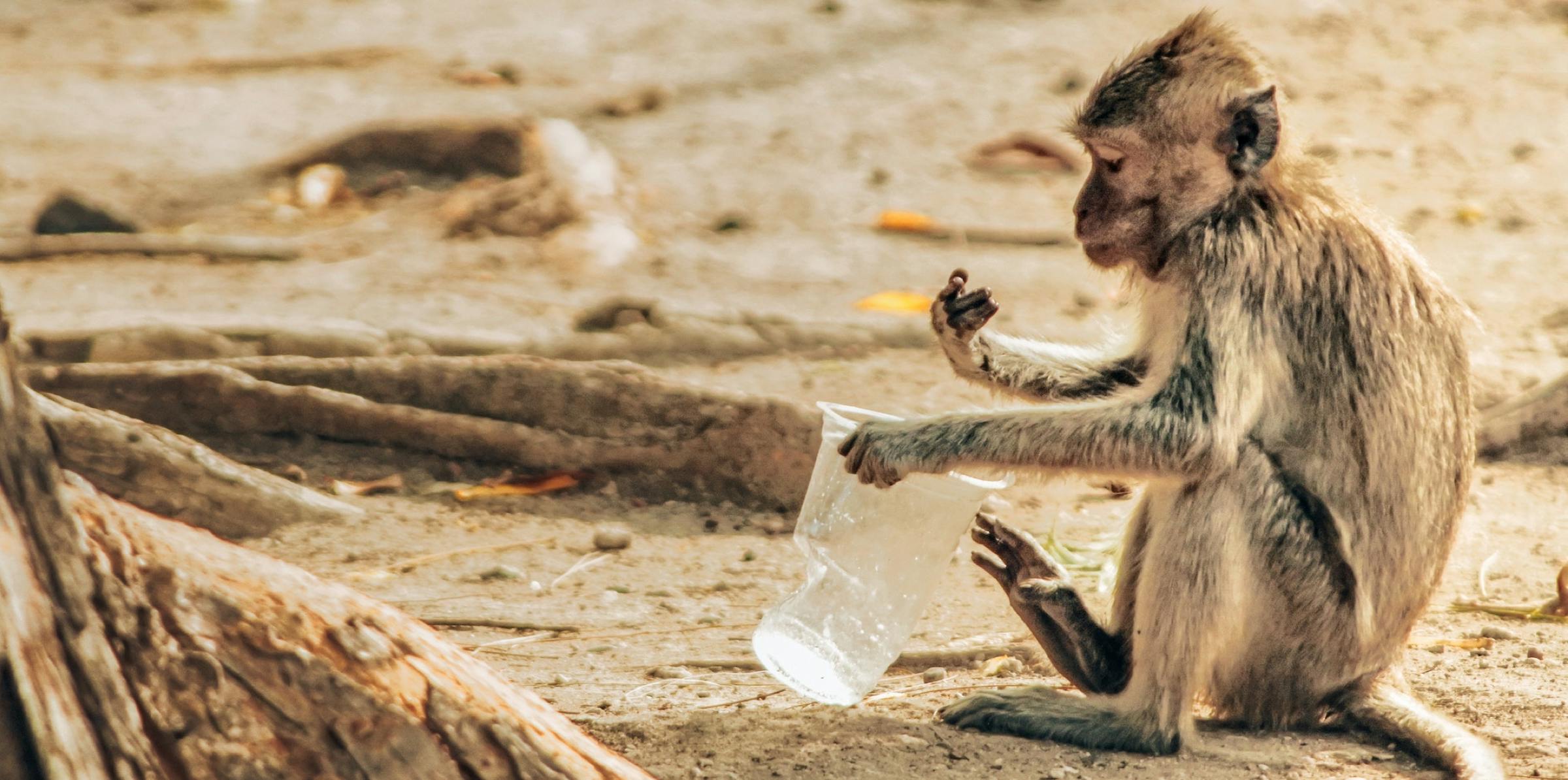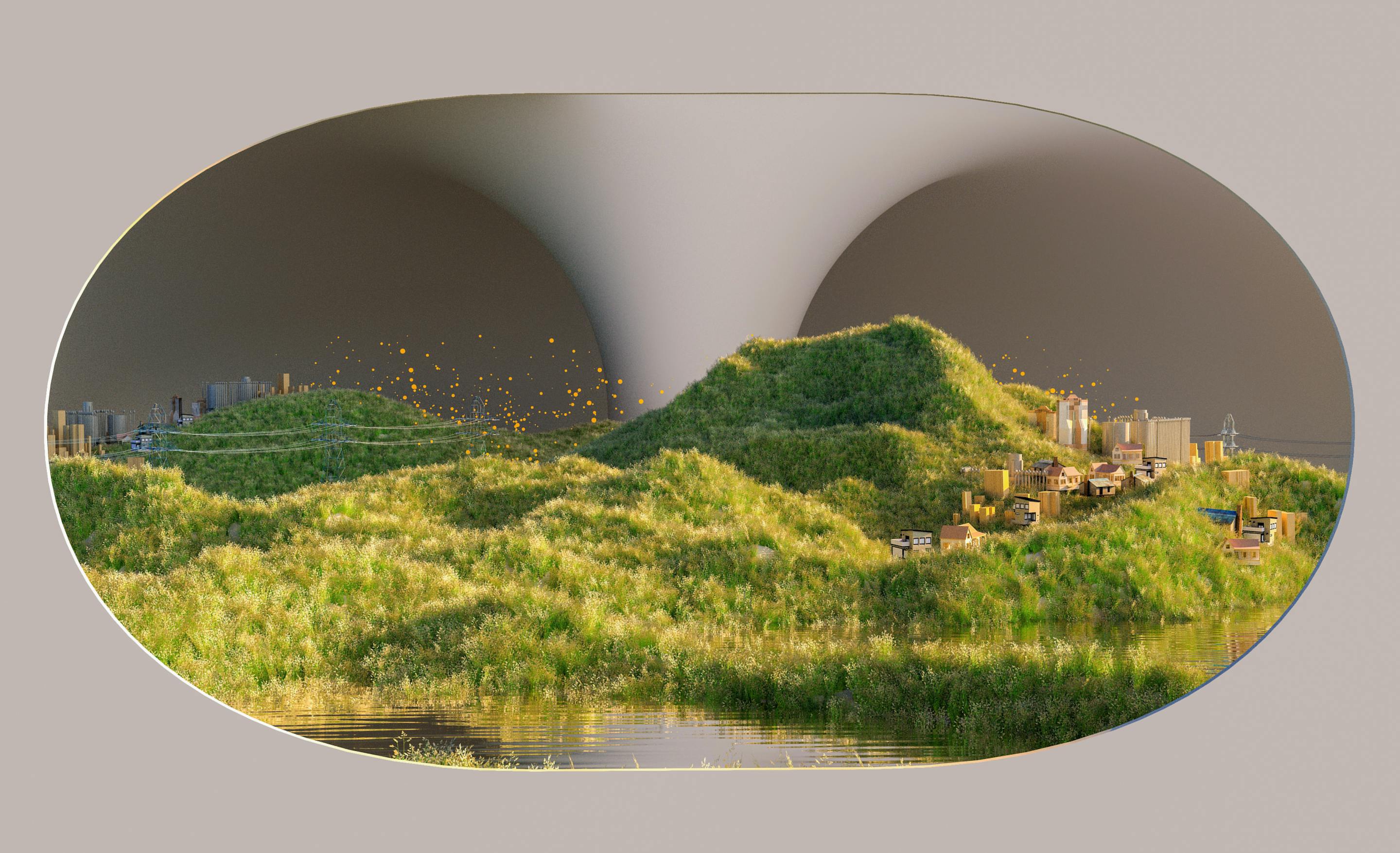IoT and the Battle Against Biodiversity Loss: A Powerful Solution for a Pressing Challenge

The urgent issue of biodiversity loss and nature conservation is an incredibly significant and pressing global challenge that humanity faces today. It is a crisis that demands immediate attention and collective action from individuals, communities, and governments worldwide. The devastating consequences are far-reaching, impacting ecosystems, wildlife, and ultimately, the very survival of our planet. To combat this existential threat, various strategies have been implemented to tackle this issue head-on. One promising approach that is gaining momentum and showing great potential is the adoption and utilization of new technologies.
Digital solutions can be a useful tool to address biodiversity loss and benefit local communities, if used wisely. In particular, the Internet of Things (IoT) has emerged as a notable and innovative technological solution in the field of biodiversity conservation. Integrated with other strategies, such as habitat protection, sustainable resource management, and policy reforms, the technology offers a promising pathway towards effective conservation efforts. By harnessing the power of IoT, we can gather accurate data, gain comprehensive insights, and engage individuals in the fight to protect and restore our planet’s invaluable biodiversity. Discover how we can ensure a sustainable future for both humanity and the natural world we depend on through collaborative efforts.
Guardians of Life: The Urgency of Biodiversity Conservation for a Thriving Planet
Biodiversity refers to the variety and variability of life forms within a given ecosystem, region, or entire planet. It includes all living organisms, such as plants, animals, microorganisms, and their intricate interactions with each other and the environment. Biodiversity is a fundamental aspect of the natural world, providing essential ecological, economic, and cultural benefits to humanity.
Essentially, biodiversity represents the richness and complexity of life on Earth, reflecting the diverse range of species, genetic variations, and ecosystems that coexist and thrive together. It is the result of billions of years of evolution and plays a vital role in maintaining ecological balance, resilience, and the overall health of our planet. Preserving and conserving biodiversity is crucial for safeguarding the well-being and sustainability of all life forms and future generations.
Understanding the Threats of the Precarious State of Biodiversity
Biodiversity, as the cornerstone of ecosystems, is facing an unprecedented and alarming threat. Several factors contribute to the endangerment of biodiversity, imperiling the delicate balance of ecosystems and the survival of countless species.

One of the most significant drivers of biodiversity loss is human-induced habitat destruction. As the global population surges, natural habitats are relentlessly transformed into urban areas, agricultural land, and industrial zones. This ongoing expansion disrupts and destroys critical ecosystems, displacing numerous plant and animal species.
Moreover, climate change intensifies the problem, altering ecological conditions and making habitats less suitable for their inhabitants. Rising temperatures, changing precipitation patterns, and more frequent extreme weather events add to the challenges faced by vulnerable species, pushing them closer to the brink of extinction.
In Our Hands: Recognizing Human Influence in Ecosystem Knowledge Deficits
Now, you might say, well, that's climate change and the resulting evolution. But that is not the only reason. We therefore explicitly draw attention to these three aspects:
Limited Understanding of Ecosystems:
While scientists have made remarkable strides in understanding the complexities of ecosystems, our knowledge remains incomplete. There is much we have yet to grasp about the intricate interactions between different species and their environment. This lack of comprehensive understanding poses obstacles to effective conservation efforts. Without a clear comprehension of the delicate ecological webs, it becomes challenging to predict the consequences of actions or implement measures to safeguard biodiversity effectively.
Inadequate Monitoring and Protection of Endangered Species:
The plight of endangered species is a stark reminder of the fragility of biodiversity. Many species, once abundant and thriving, now face the threat of extinction due to human activities. Despite heightened awareness of the issue, the monitoring and protection of endangered species remain insufficient. Poaching, habitat loss, and invasive species further exacerbate the vulnerability of these creatures. Without robust monitoring and protection efforts, we risk losing irreplaceable components of our natural heritage forever.
Increasing Demand for Sustainable Products:
Society's growing consciousness towards sustainability and eco-friendliness has sparked an increasing demand for products that tread lightly on the environment. However, this newfound demand presents its own set of challenges. Ensuring the authenticity and sustainability of these products can be complex, as supply chains traverse vast distances, and certification processes may vary across regions. Without a transparent and standardized approach, the potential benefits of sustainable consumption may be undermined, inadvertently contributing to biodiversity loss.
The rapid decline in biodiversity presents a significant challenge to the balance of our ecosystem. Today, the loss of species is at an all-time high, accelerating at rates unprecedented in human history. In its Living Planet Report 2022, WWF reveals an average decline of 69% in species populations since 1970. This loss of diversity is leading to severe implications for human well-being, including decreasing food security and a reduction in nature's resilience to natural disasters.

From Bytes to Biodiversity: How Smart Technology as IoT Can Protect Ecosystems
In the face of this mounting threat, the Internet of Things (IoT) can take over a crucial role. The IoT refers to the network of interconnected devices, sensors, and systems that can communicate and share data with each other through the Internet. By harnessing the power of this technology, researchers, conservationists, and environmentalists can collect real-time data on various ecological parameters such as temperature, humidity, air quality, and species population dynamics. This technology enables them to understand and analyze the intricate complexities of ecosystems more effectively.
One of the key advantages of the IoT in the context of biodiversity conservation is its ability to provide continuous and unobtrusive monitoring. Traditional methods of data collection often involve human intervention, which can be time-consuming, costly, and intrusive to the natural environment. With strategically placed IoT devices throughout ecosystems, scientists can gather data in a non-invasive manner, minimizing disruption to wildlife habitats and allowing for more accurate and comprehensive monitoring.
Furthermore, IoT technology allows for the seamless integration of multiple data sources and types. By combining information from various sensors and devices, scientists can gain a holistic view of ecosystem health and identify patterns or trends that would otherwise be difficult to detect. This comprehensive understanding is essential for making informed decisions and implementing effective conservation strategies.
In addition to data collection and analysis, IoT also facilitates the dissemination of information and raises public awareness about biodiversity loss and conservation efforts. Through online platforms and applications, individuals and communities can access real-time data, educational resources, and interactive tools that promote engagement and participation in conservation initiatives. This democratization of information empowers people to become active stakeholders in the fight against biodiversity loss.
From Data to Action: Embracing Opportunities with IoT
Having discussed the benefits of IoT, let's move on to the actual use of the technology. Here are some application areas where IoT solutions play a pivotal role in understanding and safeguarding habitats and ecosystems:
Habitat and Ecosystem Monitoring
By utilizing a complex network of sensors and devices, researchers are able to collect up-to-the-minute data on environmental conditions, including temperature, humidity, and vegetation density. Another approach is smartphones capable of detecting chainsaw sounds within forests. This detailed information provides valuable insights into the well-being of ecosystems and assists in the early identification of disruptions. Thanks to the continuous data collection capabilities of the Internet of Things (IoT), conservationists can obtain a precise understanding of ecosystem dynamics, empowering them to promptly intervene and prevent habitat degradation.
Wildlife Tracking and Protection
One of the most critical challenges in biodiversity conservation is the protection of wildlife populations. IoT-based wildlife tracking involves fitting animals with collars or sensor tags that transmit location and behavior data in wilderness areas. This technology enables researchers to monitor migration patterns, identify potential threats, and create wildlife corridors to ensure safe passage. Moreover, IoT-powered anti-poaching systems use sensors and cameras to detect and deter illegal activities, enhancing the protection of endangered species.
Environmental Monitoring and Pollution Control
IoT solutions offer unparalleled capabilities in monitoring environmental parameters and detecting pollution. Smart sensors can continuously monitor air and water quality, detecting pollutants and harmful chemicals in real time. This information enables authorities to promptly respond to pollution incidents, minimizing damage to ecosystems and human health. Furthermore, IoT empowers citizen scientists by involving them in data collection efforts, fostering a stronger sense of environmental stewardship.
Soil and Water Quality Monitoring
Healthy soil and water are essential for thriving ecosystems. IoT devices offer a cost-effective and efficient method to monitor soil moisture, nutrient levels, and water quality. For example, precision agriculture utilizes IoT-based soil sensors to optimize irrigation, reducing water waste and chemical runoff. These devices help farmers make informed decisions about watering and fertilizing their crops, leading to improved resource management and environmental sustainability. Additionally, IoT technology enables real-time data collection and analysis, allowing for timely intervention and proactive measures to address soil and water issues.
Disaster Response and Recovery
Natural disasters cause significant damage to ecosystems. Smart sensors installed in areas prone to disasters can provide early warnings for events such as landslides, floods, and wildfires. These warnings enable authorities to evacuate residents and take measures to minimize the destruction. The technology can also assist in assessing ecological damage and prioritizing restoration efforts after a disaster.
One example is the Canadian startup Dryad specialized in wildfire detection and forest microclimate monitoring. Their solar-powered sensors with embedded AI measure various gases, temperature, humidity, and air pressure. Mesh Gateway technology supports a wide range of compliant sensors, with cloud-based big data tools for analytics, monitoring, and alerting.
Sustainable Agriculture and Forestry
Promoting sustainable land use practices is integral to biodiversity conservation. IoT applications in agriculture enable precision resource management. Soil moisture sensors guide irrigation practices, preventing overwatering and soil degradation. In the forestry sector, with the assistance of IoT devices and trackers, it is possible to effectively monitor and track logging activities. This not only helps prevent illegal deforestation but also facilitates reforestation projects by ensuring that trees are replanted in the appropriate areas.

IoT's Transformative Power is Driving Market Growth in Biodiversity Conservation
When we look at the global IoT market size, it is expected to grow from USD 300.3 billion in 2021 to USD 650.5 billion by 2026, at a Compound Annual Growth Rate (CAGR) of 16.7% from 2021 to 2026, according to a report by Markets and Markets.
As per recent market studies, also the share of the value of the IoT market in nature conservation and biodiversity is growing rapidly. The ever-increasing awareness of the global loss of biodiversity, combined with the steady development and uptake of technology, are key drivers in this growth surge. For example, if we consider Disaster Recovery as a Service market alone, it is projected to reach $23.5 billion over the next five years and is expected to grow at a compound annual growth rate (CAGR) of 21.6%.
Government bodies, private sector companies, and non-profit organizations are recognizing the power of IoT in conservation. As a result, funding allocated to incorporating these technologies into projects aimed at preserving biodiversity is increasing, contributing to the market’s buoyancy.
Ultimately, the unique capabilities of IoT, such as real-time monitoring and predictive analytics, are unlocking new possibilities in caring for our planet. This not only leads to growth in market value but also instills hope for the future.
With the right investment and collaboration, IoT technology can help us better understand and protect the natural world. This ensures that future generations can enjoy the same biodiversity that we have today.
IoT-based solutions that help conserve nature and biodiversity are one of our focus areas at NBT. We're looking for people like you to champion this as founders. Learn more about our Investment Thesis.




